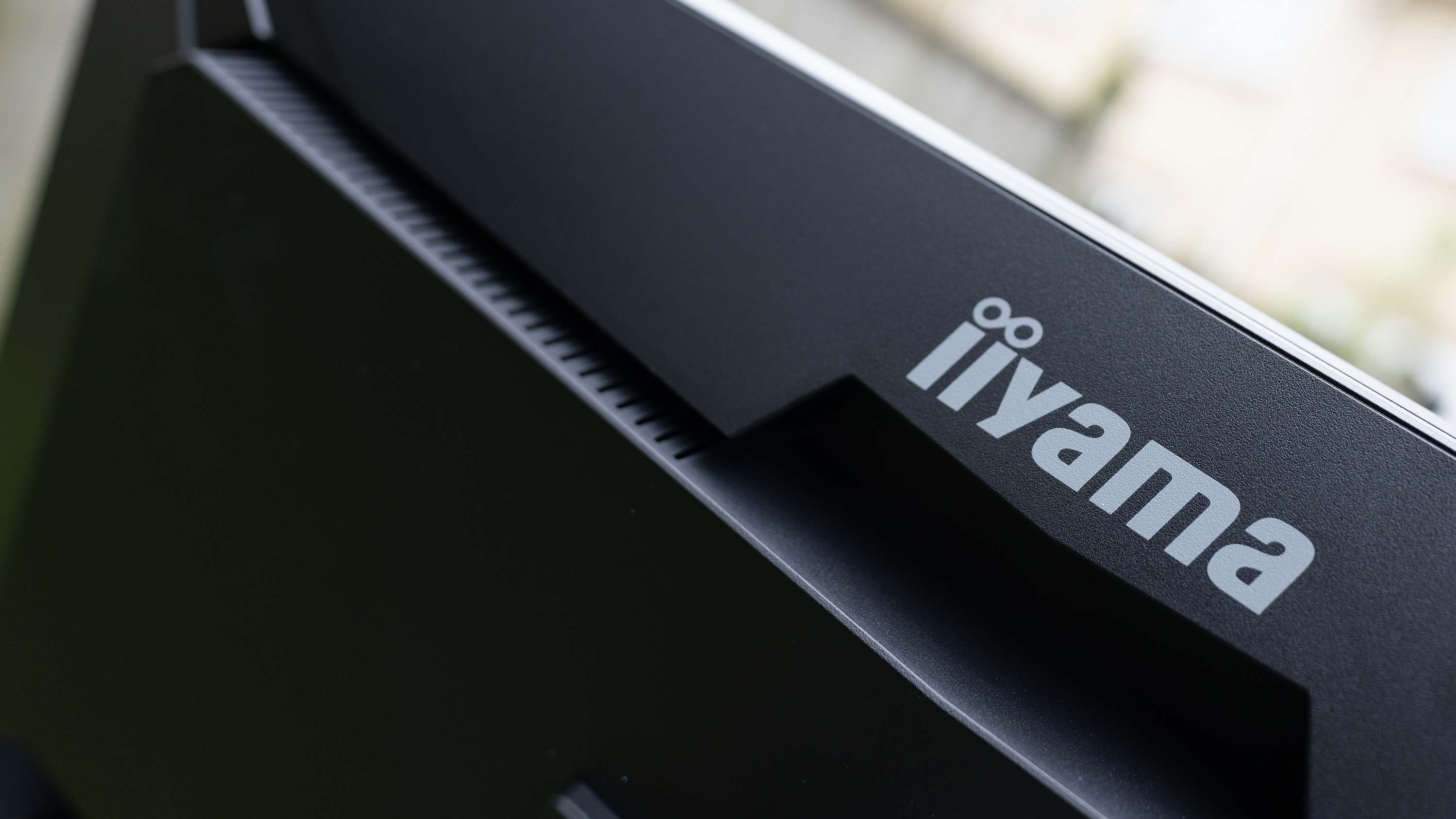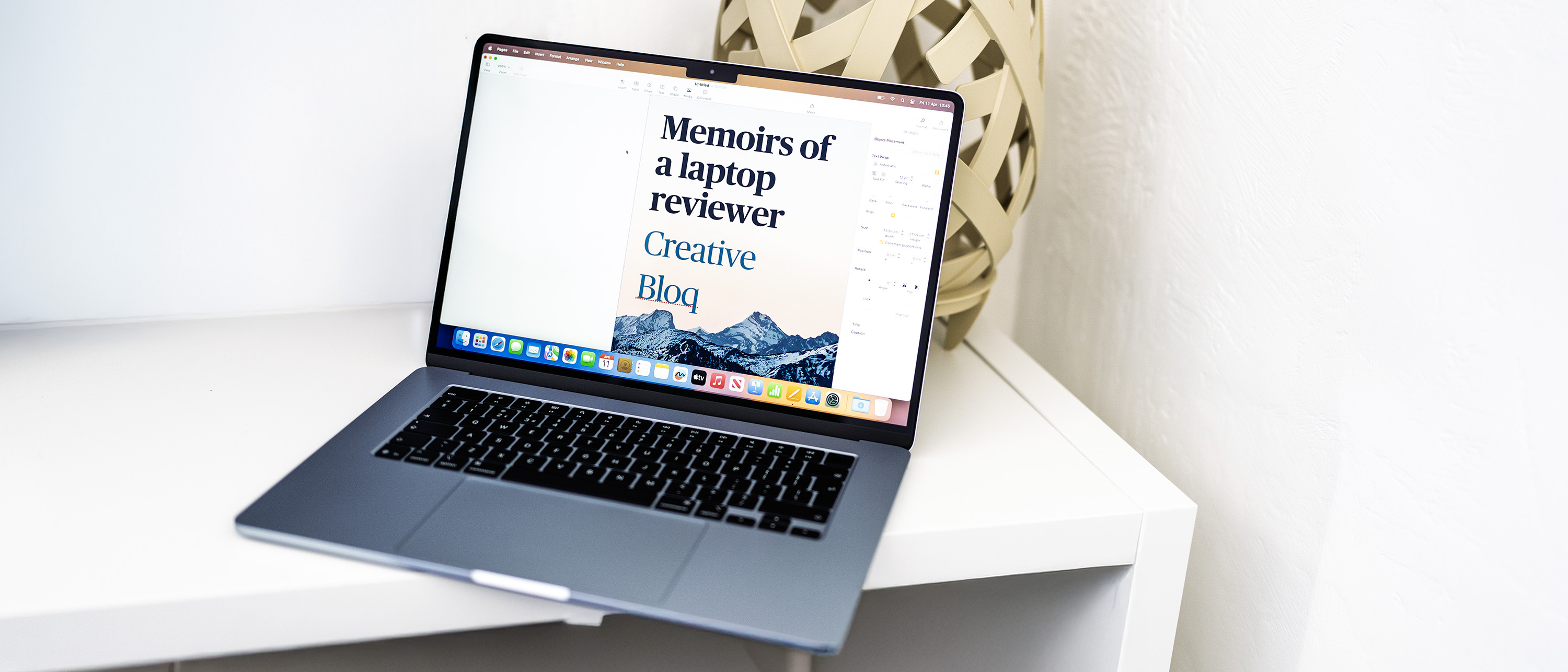Our Verdict
A 32-inch monitor is a big screen to have on your desk, so if you’re going to invest in such a large and heavy display it had better be a good one. The Iiyama Prolite 32-inch monitor is a great blend of size and features, providing colour reproduction that’s better than many and a decent measured brightness level too. Its secret weapon is a built-in KVM, making it ideal for those who like to work with more than one computer, and who would like to keep their work area as free from snaking cables as possible.
For
- Bright and sharp
- Decent colour reproduction
- KVM
Against
- Heavy
- Fiddly OSD
Why you can trust Creative Bloq
The Iiyama Prolite may not sound too familiar in a monitor market dominated by big brands. But this 32-inch, 4K, IPS screen has some serious pro credentials thanks to an integrated KVM switch that allows you to connect and swap between multiple computers, plus reasonable colour response figures that make it a potential choice for video editors and graphic designers.
Iiyama Prolite review: Key specifications
| Screen: | 31.5in LED-backlit IPS, 3840 x 2160, 60Hz |
| Response time: | 4ms |
| Brightness: | 350 nits |
| Connectivity: | 1x HDMI, 1x DisplayPort, 1x USB-C, Ethernet, 2x USB 3.2 Gen 1 Type-A, 1x USB 3.2 Gen 1 Type B, headphone jack |
| Dimensions: | 714 x 452 x 239.5mm |
| Weight: | 9.9kg |
Iiyama Prolite review: Design and build
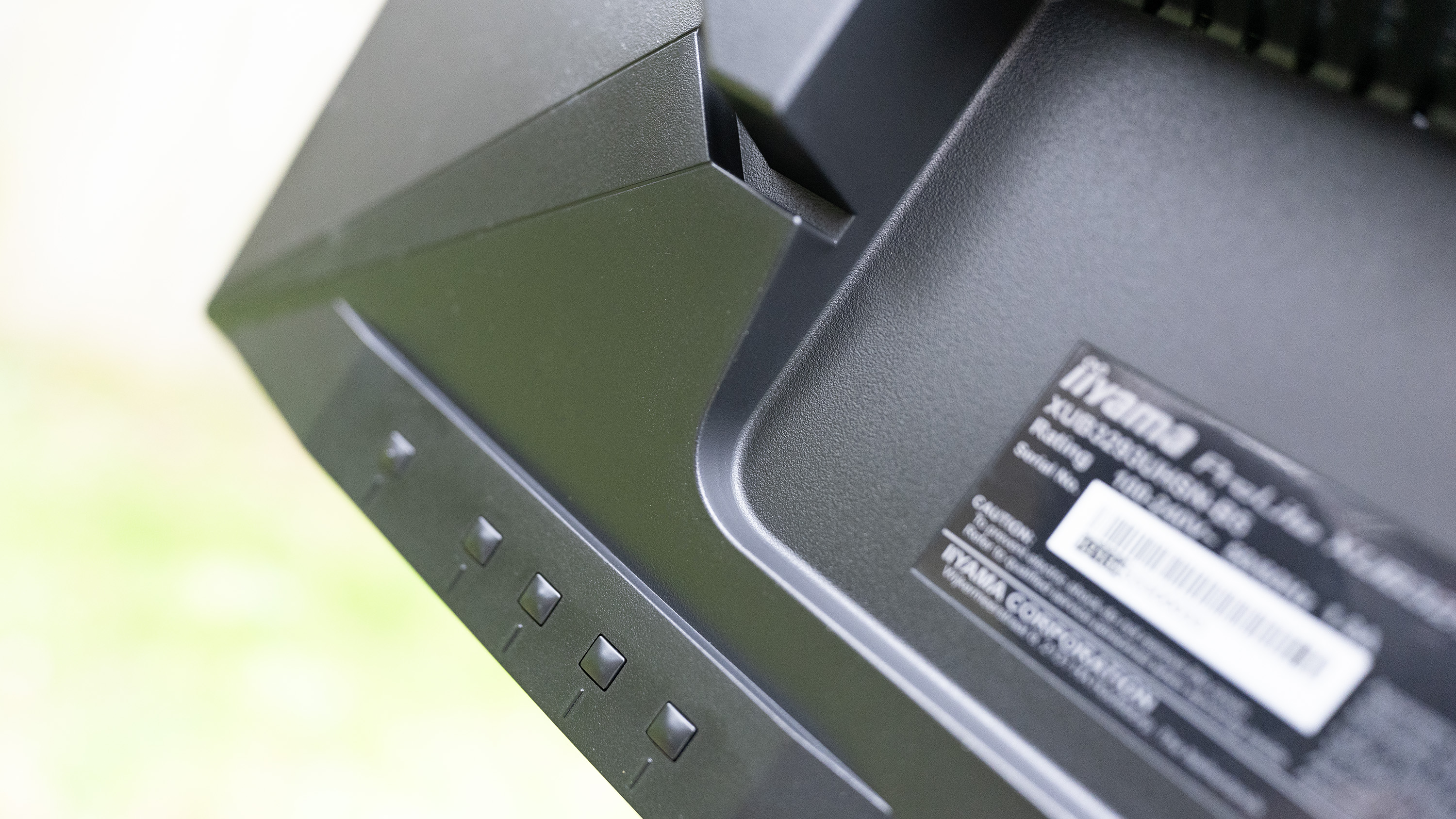
A 32-inch screen is big, and if you grew up with 14 or 15-inch CRT monitors it almost feels excessive. We’re big believers that bigger is better, however, and having a monitor like this on your desk is something you can get used to, it transpires, extremely quickly. The 4K resolution starts to make much more sense at this size, as while the common 28in 4K screens that have been around for a while are nice, being able to spread your windows out further with no perceptible loss of sharpness gives the 32in screen an edge. It plays nicely with modern computer operating systems too, whose ability to quickly tile or fullscreen your apps means there's less time spent arranging your work.
Iiyama Prolite XUB3293UHSN-B5 is heavy though, and comes with a suitably stout stand which can lift it to a surprising height above your desk - no more stacking magazines or dictionary underneath your monitor to prop it up (and there's a 100mm VESA mount for attaching it to an arm). It also allows you to take a more relaxed approach to positioning, placing the screen slightly further away to avoid eyestrain.
The bezel is thin enough, though as the adjustment buttons are on the back of the lower section, and their labels on the front, you have to adopt a strange upside-down-crab-like hand position to use the OSD. A joystick would have been more convenient here, but once you’ve given it a few tries you’ll adapt to this way of doing things.
Iiyama Prolite review: Features and performance
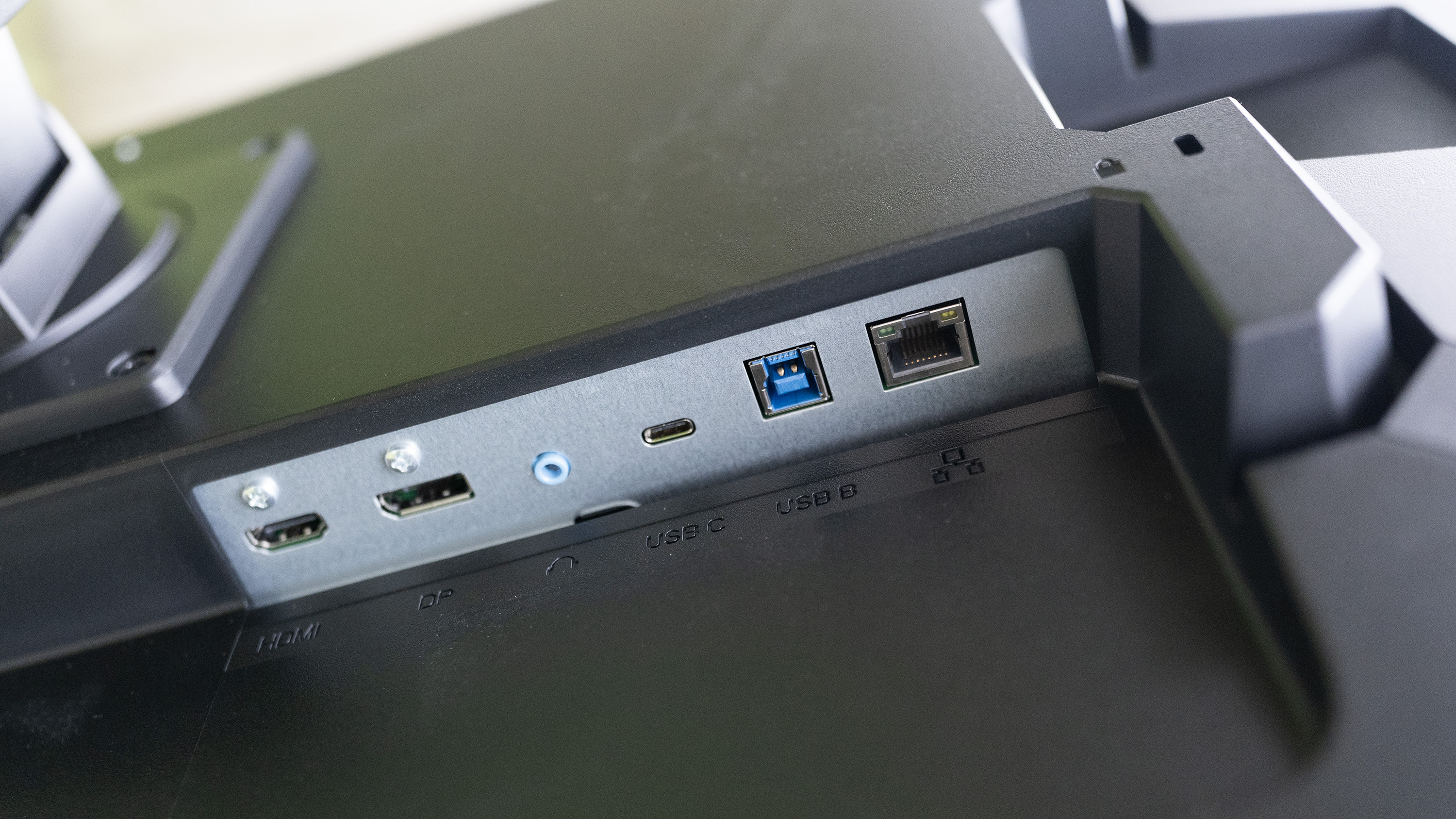
The Prolite’s big selling point is that it has an integrated KVM, which is extremely useful if you’re a user of multiple computers. Slip your laptop down next to the screen, connect a single USB-C cable, and it can automatically switch away from the desktop Mac that’s munching through renders or video exports.
The KVM works through USB, with one computer connected via the HDMI or DisplayPort connector and the USB Type-B port, and the other via USB-C. You then plug Ethernet and your keyboard and mouse (or their wireless adapters) into the monitor, and can swap between your computers. It’s a neat idea that’s somewhat old-fashioned now that we have Wi-Fi, and Bluetooth keyboards and mice, but as these are standard USB 3 ports you can also connect things like external storage drives to them and swap them between computers too. The USB-C connector will supply 65W of power to charge your laptop, meaning you’ll get at least one cable off your desk. Keep the HDMI port free and you can plug a streaming stick into it, making use of the built-in 3W speakers or headphone socket for audio - there's an easy volume adjustment using the OSD buttons, something you don’t always see.
The picture is bright and contrasty, but anyone wanting to use the Prolite for gaming should note that the refresh rate tops out at 60Hz. This is fine for most uses, but anyone wanting to play competitive shooters with higher framerates should look elsewhere. That’s not really its target market, and it makes much more sense on the desk of someone who works from home but takes their laptop out to meetings frequently. Being big, reasonably bright, and sharp gives it the advantage over many budget or portable monitors, even if the price is higher.
There's some reasonable colour accuracy on display too. In our tests, the screen outperformed its listed brightness, managing 403 nits at 100%. It also can output 100% of sRGB, 83% of AdobeRGB, and 92% of P3. Not perfect, but better than many.
Iiyama Prolite review: Price
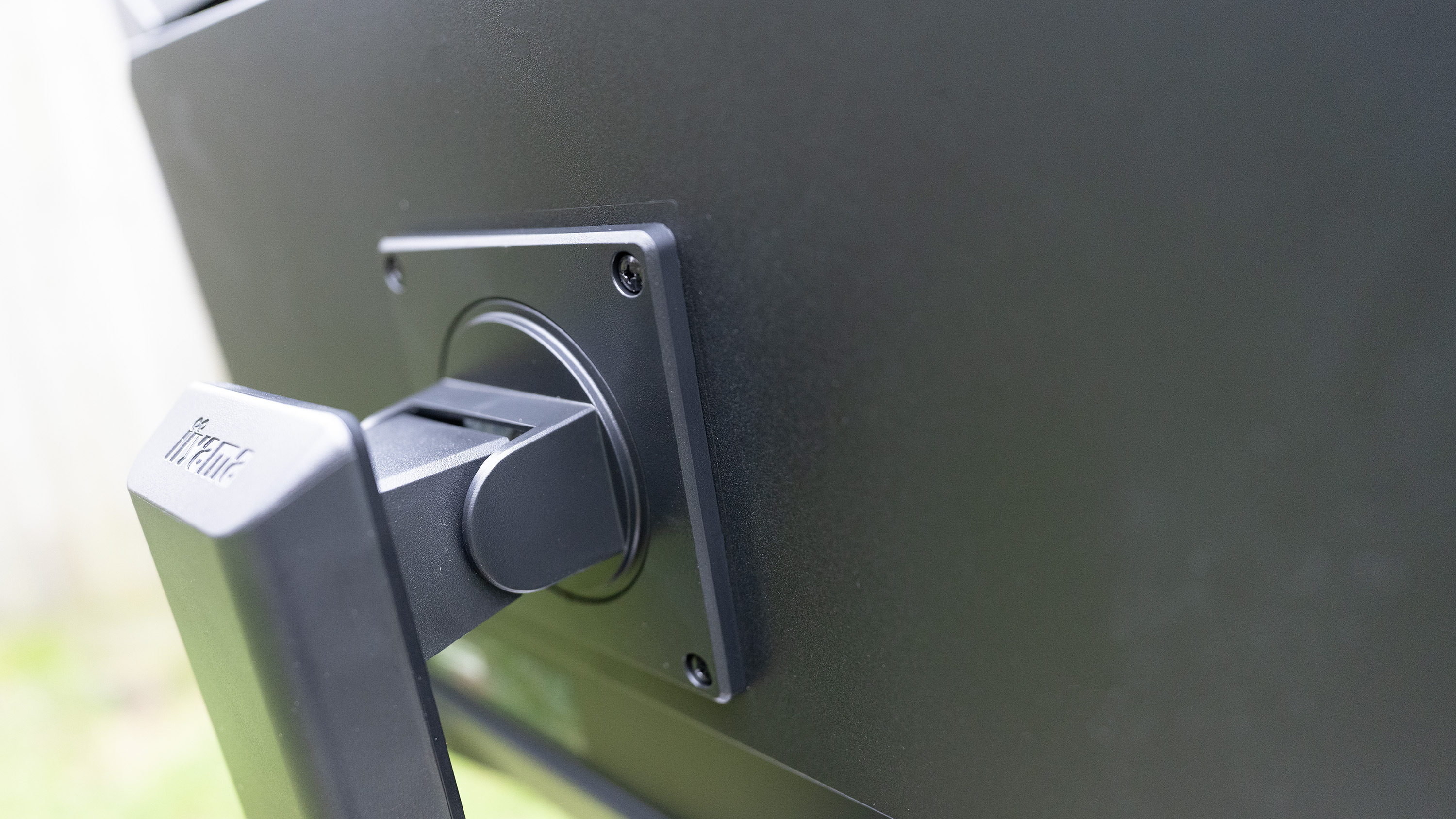
We’ve seen this screen going between £420 and £550 online, and at the bottom end of that range it seems like a good deal if you’ll use the KVM functionality. Similar screens from Samsung and Benq can be found for less, but often use VA technology instead of IPS. The Iiyama screen undercuts Dell’s 32in IPS Ultrasharp screen by some margin, putting it at the more reasonably priced end of the professional monitor market.
Should I buy the Iiyama Prolite?
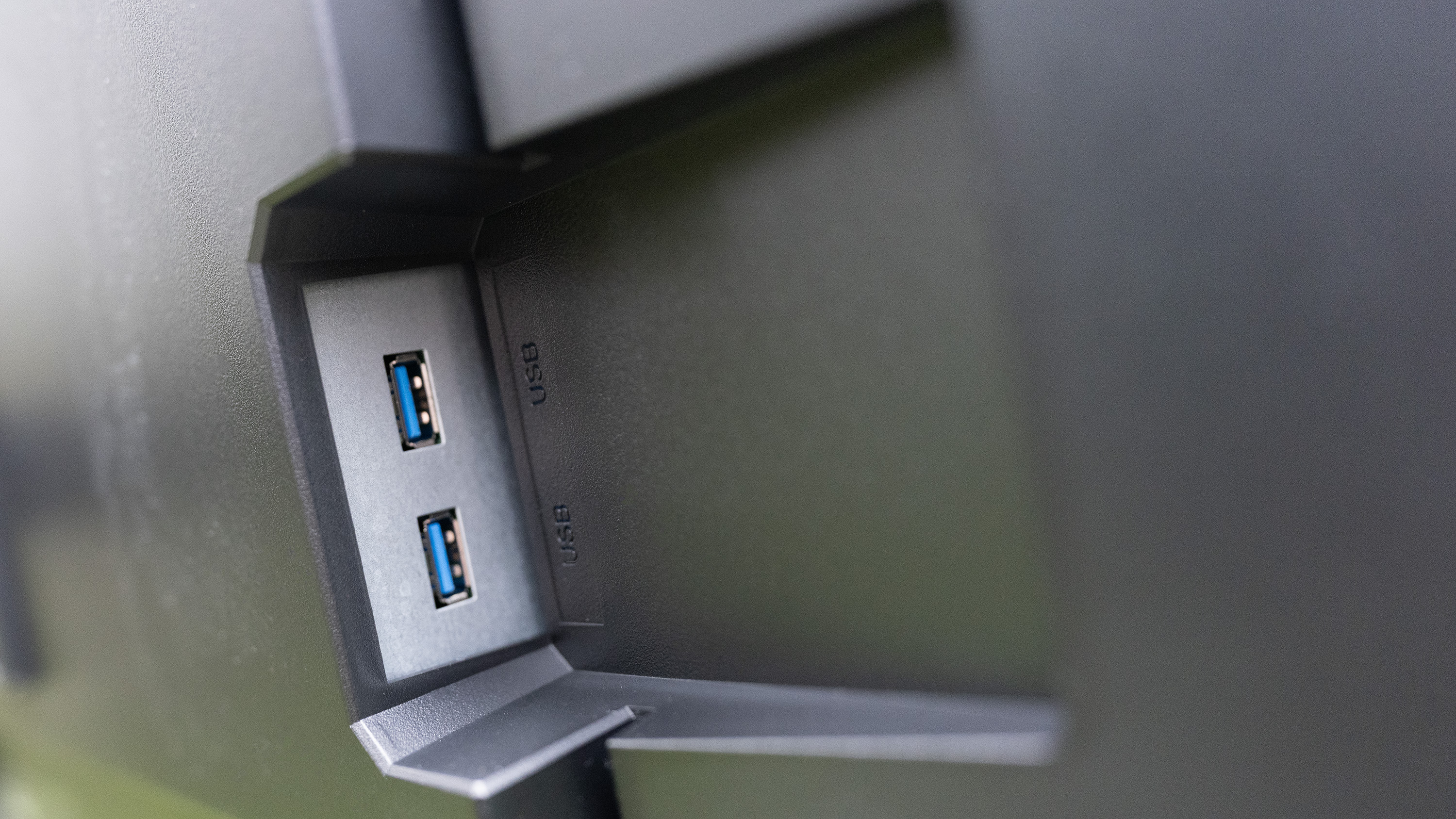
As a work monitor, the Iiyama Prolite XUB3293UHSN-B5 is a strong proposition. It has the brightness, the colour response, and the convenience of the built-in KVM to be a handy desk companion. The fact it’s big and high-res just makes it even better. If you’re looking for something that can fullscreen Lightroom or Premiere Pro, but can’t quite stretch to a 5K screen or a monstrous curved ultrawide, then this package from Iiyama is an attractive proposition.
out of 10
A 32-inch monitor is a big screen to have on your desk, so if you’re going to invest in such a large and heavy display it had better be a good one. The Iiyama Prolite 32-inch monitor is a great blend of size and features, providing colour reproduction that’s better than many and a decent measured brightness level too. Its secret weapon is a built-in KVM, making it ideal for those who like to work with more than one computer, and who would like to keep their work area as free from snaking cables as possible.

Ian Evenden has been a journalist for over 20 years, starting in the days of QuarkXpress 4 and Photoshop 5. He now mainly works in Creative Cloud and Google Docs, but can always find a use for a powerful laptop or two. When not sweating over page layout or photo editing, you can find him peering at the stars or growing vegetables.
